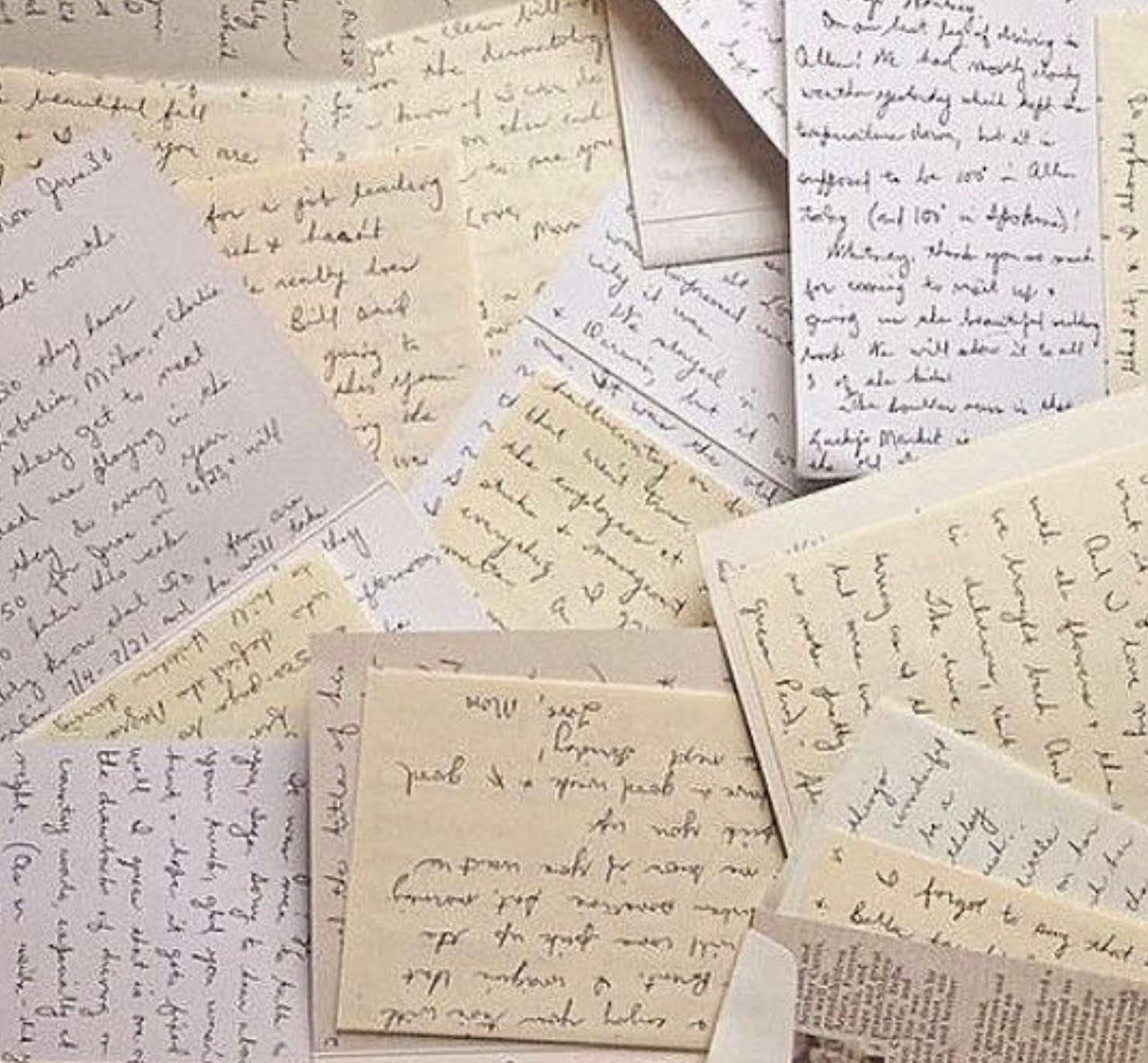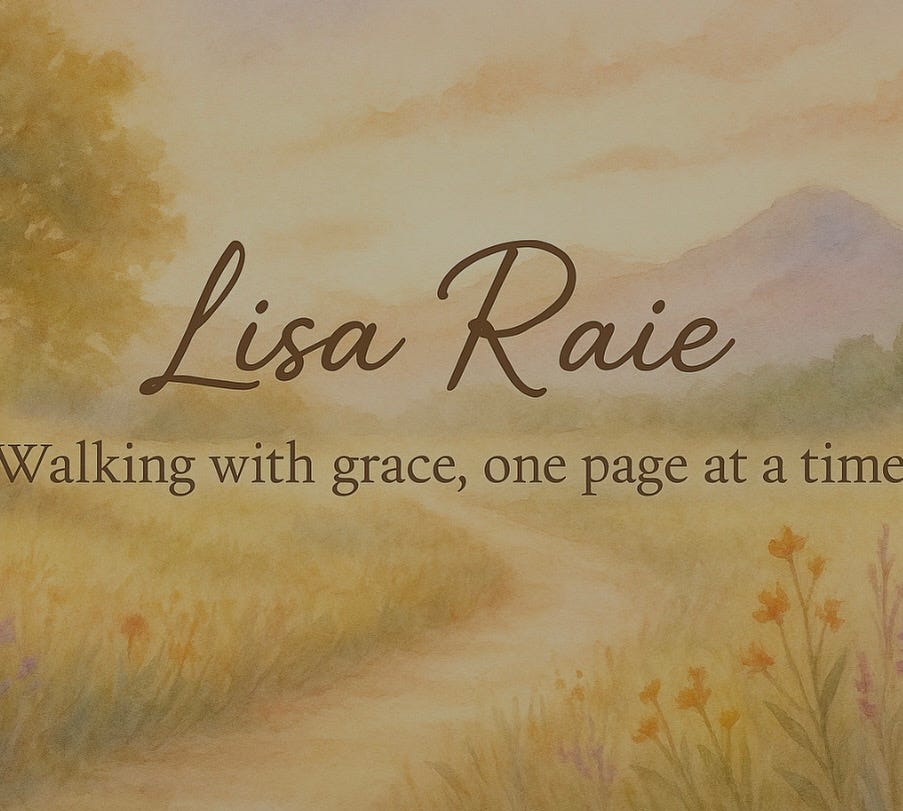The History of the Written Letter
“It is to say: I am here. I have taken the time. I have thought of you with my hands, my pen, and my heart.”
Dear friends,
Before the screen, before the quick reply and the blinking cursor, there was the letter.
The written letter is one of humanity’s oldest gestures of connection words laid down in ink or etched in clay, one soul reaching toward another across time, space, and silence. It began thousands of years ago, in ancient Mesopotamia, where scribes pressed symbols into clay tablets to keep records and send word across kingdoms. In Egypt, on papyrus scrolls, and in China, on bamboo strips, the first letters were practical and precise orders, agreements, declarations. But even then, they carried something more: the mark of human presence.
In ancient Greece and Rome, letters took on a new life. They became vessels for thought and heart. Cicero wrote as much for friendship as for philosophy; Paul, in prison, penned letters to early Christian communities, pouring out love and instruction in equal measure. These epistles, steeped in longing and truth, shaped the spiritual imagination of generations. The early Church was built on letters sent, read aloud, passed from hand to hand like sacred bread.
Through the Middle Ages, when the world felt narrower and darker, letters often came from monks and mystics. They were prayers in disguise, woven with Latin script, sealed with wax, and sent out into the cold to find their way. They held news, yes, but also hope. In a time when most people could not read, letters were read aloud in candlelight, their words warming the ears of the listener.
Then came the flowering of the Renaissance, and with it, the art of correspondence. Letters became mirrors of the self, places where writers could confide, confess, and imagine. In the 18th and 19th centuries the golden age of letter writing—people poured themselves into their correspondence. Love was declared, grief shared, ordinary days made luminous through careful observation. Mothers wrote to sons at war, friends wrote to keep each other company in absence, and lovers oh, the lovers wrote with trembling hands.
Even in the 20th century, amid war and revolution, letters stitched the world together. They were slipped into mailbags, carried across oceans, and read with tears. Some were never answered, but all were sent with hope.
And now though our pace has quickened and our words often flicker briefly on a screen the letter is not lost. It waits patiently, like a forgotten friend. To write a letter is to choose presence. It is to say: I am here. I have taken the time. I have thought of you with my hands, my pen, and my heart.
A letter is a slow prayer a gift we give with no demand for immediacy, only the hope that it will be opened with care.
So we write.
We return.
We remember.
And so I say in closing to you my friend;
“To send a letter is a good way to go somewhere without moving anything but your heart.”
—Phyllis Theroux
Till tomorrow when we walk with grace, one page at a time together again
Your friend,
Lisa Raie xox






This!!! 🙌🏻❤️🙌🏻💌💌💌